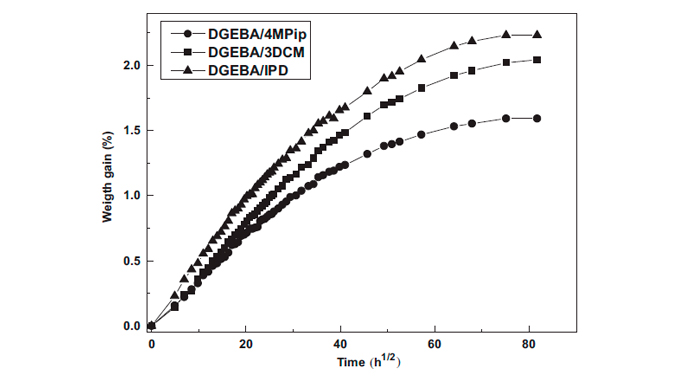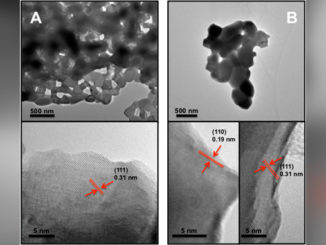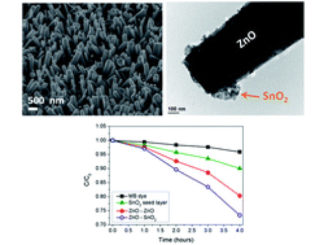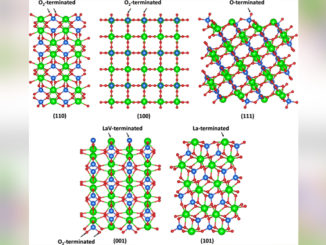
Writers: Andrés Felipe Espinosa Pineda and Filiberto González Garcia and Alexandre Zirpoli Simões and Elson Longo da Silva
Keywords: Epoxy adhesives; 316 L stainless steel; Lap shear; Cohesive fracture
Abstract: In this study, the mechanical behaviors, adhesive properties and water absorption of networks based on diglycidyl ether of bisphenol A (DGEBA) modified with diepoxy aliphatic diluent (1,4-butanediol diglycidyl ether, DGEBD) cured with cycloaliphatic amine were studied. The mechanical behaviors and adhesive properties were evaluated by compression testing and single lap-shear using 316 L stainless steel as the adherend, respectively. Water absorption was evaluated by water immersion at 37±0.2 °C. The fracture mechanisms of the networks were determined by optical microscopy. Decreases in the glass transition temperature (Tg) and the yield stress (σ) were noted with increased additive concentrations. The best mechanical performance, accompanied by slight increased adhesive strength, was obtained with 30 phr of additive. The DGEBA/4MPip network modified with 30 phr of diluent shows the best compressive behavior, adhesive strength, and lower water absorption. This behavior may relate to the lower crosslinking density resulting from the reaction mechanism, of stepwise and addition polymerization. Greater participation of cohesive fracture mechanisms was observed in the epoxy networks modified with 30 phr of additive.




